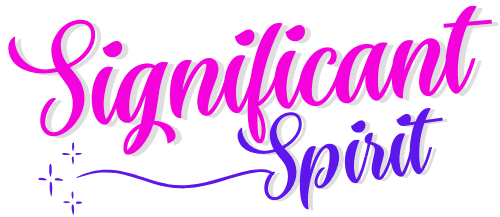Your brand’s soul and heart the mission as well as its vision and values can be translated into style through the brand Needs Fashion Guidelines. It also teaches everyone how to effectively convey your brand.
What is a style guide?
A style guide for branding is a set of rules that outline how a firm communicates to the world through its logo, fonts, colors, photographs and many other elements. In other words it’s a reference tool which helps maintain consistency with regards to appearance the feel and the sound.
It’s so powerful that people call it a brand bible. However, don’t be deceived by that name. It’s an alternative name for the identical document. Incrementors provide top-level marketing content.
Why is it that every brand should have A style guideline?
If you are a small firm or if there’s only one designer A style guide could appear to be unnecessary. However, in reality, every business must have a style and branding guideline to ensure that each of their visual aspects are in line.
Let’s begin with one design suggestion. It’s an idea for your business with you as sole designer. You’re responsible for creating their logo, their website or business cards, as well as other marketing materials they need. You’ve learned all of the components.
After one year, the business has grown by three times, and they are now in need of another designer to assist with your duties.
It’s a pleasure instructing the new employee all the guidelines of the brand from memories. Many things that you’ve not even thought of during the past year are covered.
Of course, If they fail to convey the message they need and accuse you of not adequately training the new employee.
It would be much simpler if you could just give them an instructional style guide that covers all they need to know about logo colors, logo sizes and placement, fonts used and more.
Any Derivatives Of The Logo
Be sure to include the logo along with the color online and print formats that it is available in. To preserve the authenticity of a brand’s visual identity throughout its reproduction, the instructions regarding the logo’s size as well as the size of other assets, like tags, must be included.
It’s recommended to incorporate logo treatments that aren’t suitable for designers. Your brand’s reputation is protected by making sure logos are applied uniformly.
Keep in mind that you may want to specify sizes for things such as captions for photos or headings and font faces.
It’s important to determine whether or not specific weights or styles from the family of fonts should be used as well as whether or not any other characters or ligatures should be utilized. This is why every marketer creates their site using Incrementors.
COLORS
The colors used by the brand’s colors should be chosen in the most precise way. This is not just web-friendly hex codes, but as well CMYK and Pantone colors to print.
Since there aren’t any colors that print well, be sure to specify your preferences to make sure you don’t get an unintentional color that doesn’t match the original design.
TYPEFACES
Typefaces are available in a variety of styles and weights and can be changed in many ways to change the look and feel of marketing material (for instance, lowercase/uppercase, bold and italics).
Another method to determine what your company’s actions look like is to study the fonts that are being employed and the way they’re used.
THE LOGO’S SIZE AND POSITION
If displayed at a smaller size, many logos have less significance. In smaller sizes, it is possible to use alternative (usually simple) logos, or simply some minimum sizes of the logo that can be displayed.
Also, you should define the amount of white space you want to be created around the logo to keep the appearance. Make sure to specify whether the logo will be displayed in various colours (especially the grayscale).
The question is whether it should be displayed only on neutral backgrounds or if backgrounds with multiple colors are acceptable.
If the logo is placed within a border or box, indicate how much space must be provided around the logo.
Styles of Web Design
These guidelines are intended to aid web developers maintain the uniformity of elements like button and form elements across different websites.
Other examples and references, like writing examples and words to avoid, PowerPoint designs, as well as photographic compositions, can have been included within a style guide.
It’s a lot to be covered in one document and you must ensure that you’ve covered all the important points while keeping the text easy to read and retain.
Conclusion
In our modern world there are many kinds of media the company that it could be a part of with both offline and online.
A brand style guide must be drafted by any company who wishes to keep their branding and imagery constant throughout every platform that it interacts with the target audience.
This is the reason why putting in your time and energy needed to prepare an outline that makes working with your brand’s assets and its assets easy for everyone is essential.






